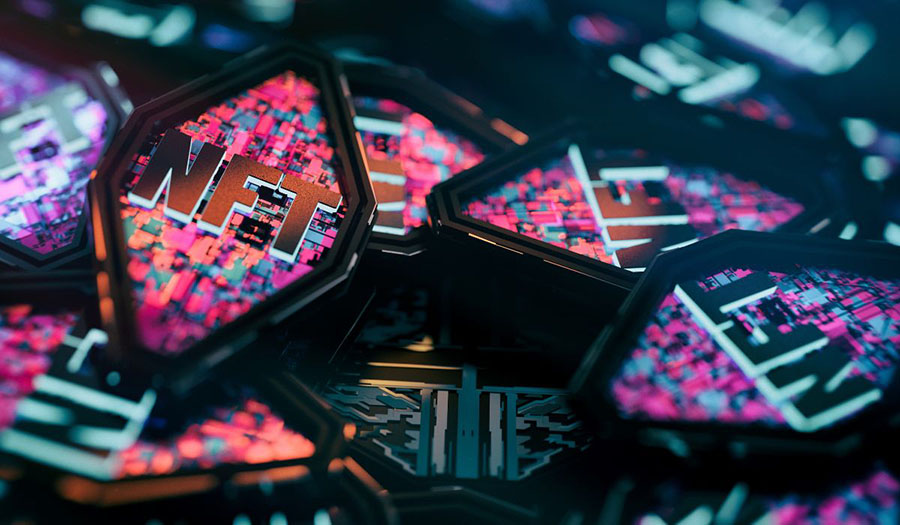The art world is an ever-changing landscape, and a digital revolution is taking center stage – the rise of Non-Fungible Tokens (NFTs). These unique digital assets have become a hot topic, disrupting traditional art markets and challenging conventional notions of ownership and value. The fascinating realm of NFT is worth exploring as their meteoric ascent and profound impact is being felt across the artistic landscape.
The Birth of NFTs:
Non-Fungible Tokens, or NFTs, burst onto the scene with the explosive growth of blockchain technology. Built on the foundation of decentralized ledgers, NFTs represent a form of digital ownership secured by cryptographic principles. What makes them truly revolutionary is their ability to verify and authenticate the uniqueness of digital content, a feat previously elusive in the digital realm.
Artists Embrace the Digital Canvas:
NFTs have ushered in a new era for artists, providing an alternative canvas for their creative expressions. Digital artists, in particular, have found a newfound freedom in the NFT space, breaking free from the constraints of the physical world. The ability to tokenize digital creations has allowed artists to directly connect with a global audience, transcending geographical boundaries.
Challenges and Opportunities:
As with any groundbreaking innovation, the rise of NFTs in the art world is not without its challenges. The environmental impact of blockchain technology has sparked debates about the sustainability of NFTs. Additionally, questions surrounding copyright and intellectual property rights have arisen, raising concerns about the potential for exploitation in the digital realm.
However, amid these challenges, there are unprecedented opportunities. NFTs provide a new revenue stream for artists, enabling them to monetize their work in ways previously unimaginable. Smart contracts embedded in NFTs allow artists to earn royalties every time their work changes hands, creating a sustainable income model. This democratization of revenue is reshaping the dynamics of the art market, empowering creators like never before.
The NFT Marketplaces:
Central to the rise of NFTs are the online marketplaces that facilitate the buying and selling of these digital assets. Platforms like OpenSea, Rarible, and Mintable have emerged as virtual galleries, showcasing an array of digital collectibles, from digital art and music to virtual real estate. These marketplaces have become hubs of creativity, fostering a sense of community among digital artists and collectors alike.
The Collector's Experience:
For art enthusiasts and collectors, NFTs offer a novel and immersive experience. The ownership of a digital asset is recorded on the blockchain, providing an unforgeable proof of authenticity. Collectors can delve into the history of their NFT, tracing its origins and ownership. The ability to showcase digital art in virtual spaces adds an exciting dimension to the traditional art-collecting experience.
The rise of NFTs in the art world represents a paradigm shift, challenging conventional norms and reshaping the way we perceive and value art. As artists continue to embrace the digital revolution and collectors explore new frontiers, the intersection of technology and creativity is giving rise to an era where the boundaries between the physical and digital worlds blur. The impact of NFTs on the art world is still unfolding, but one thing is certain – it's a transformative journey that promises to leave an indelible mark on the canvas of art history.





